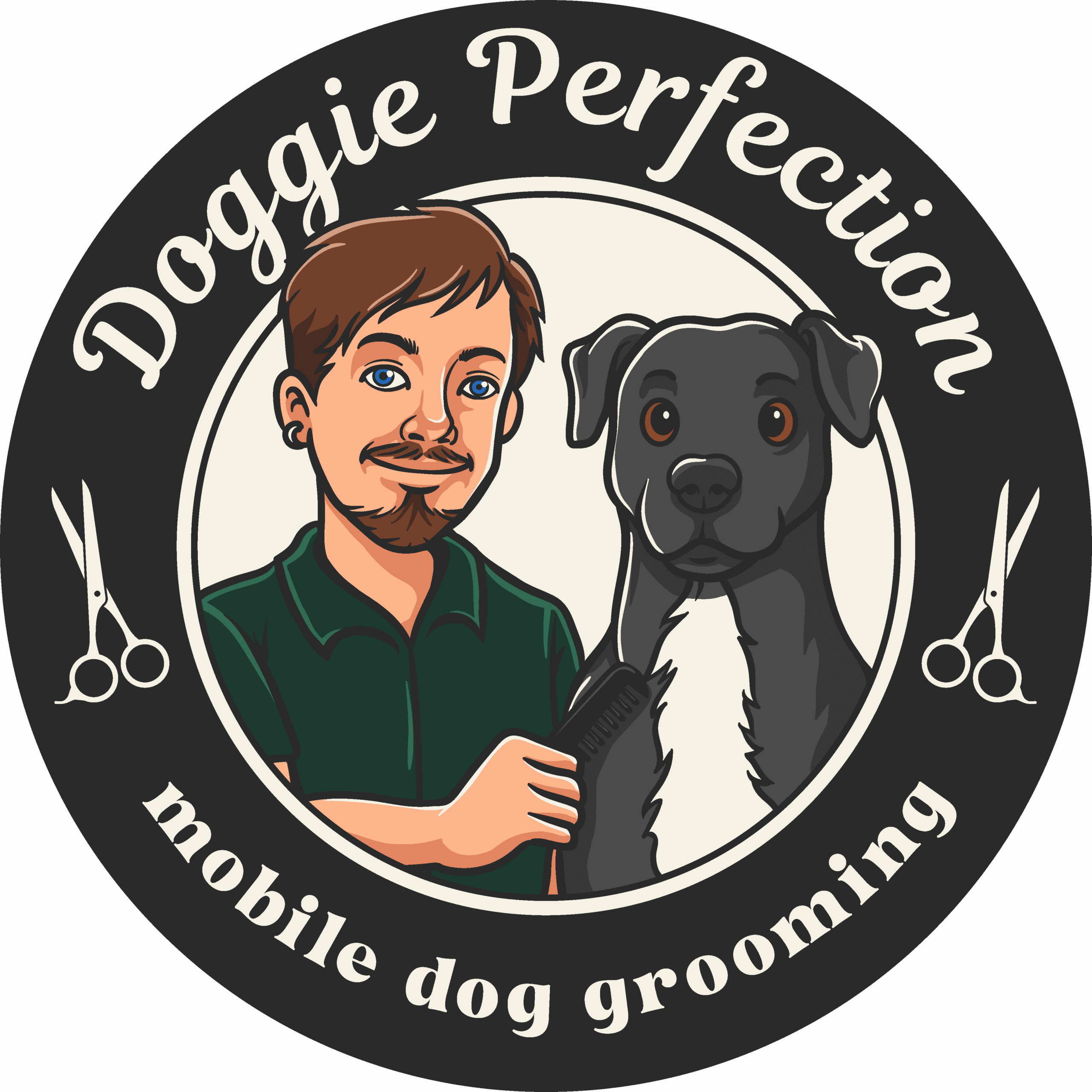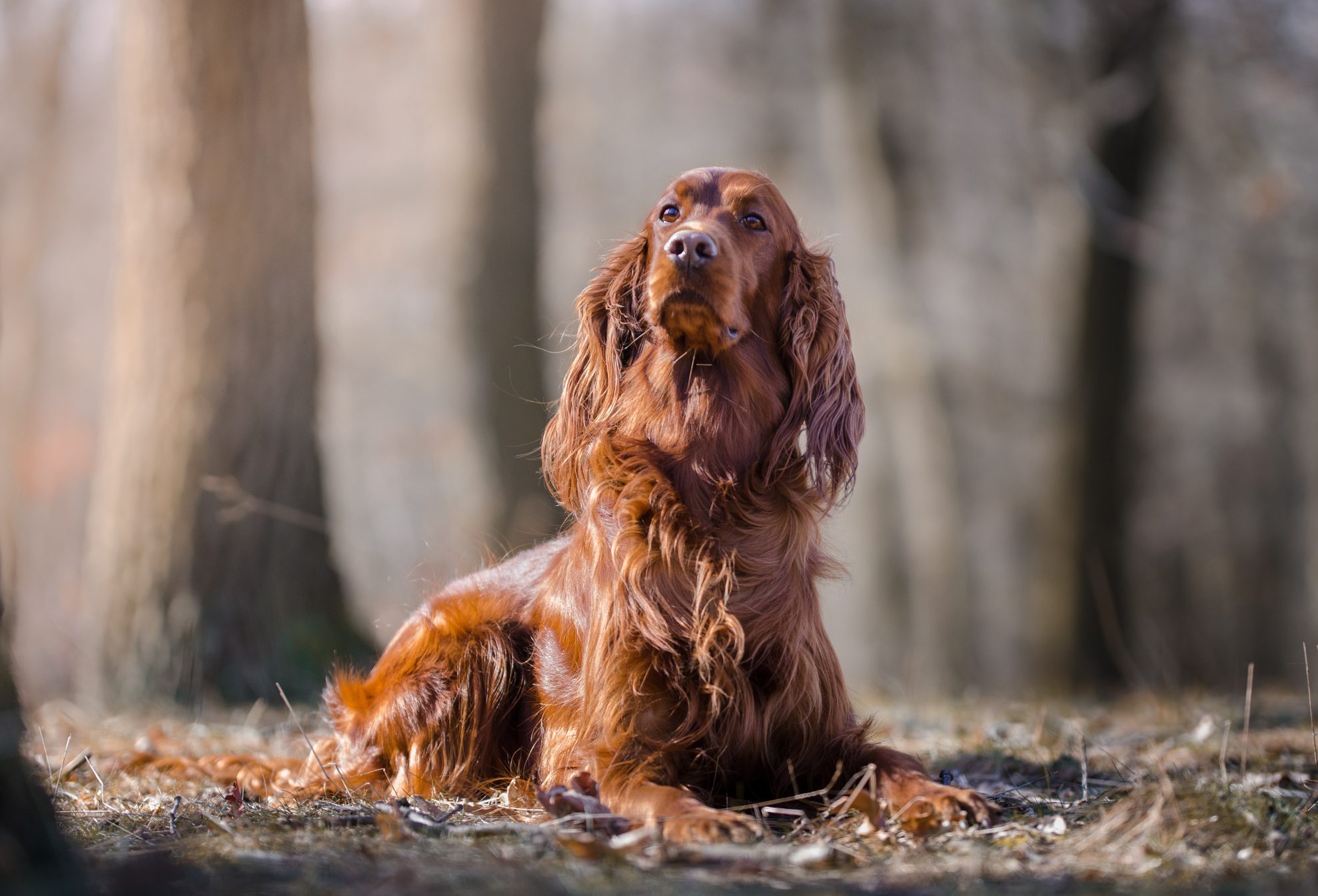If you’re a dog owner in Northwest Arkansas or Southwest Missouri with a pet sporting a thick or long coat, you understand that managing shedding can feel like a full-time commitment. Shedding is a natural process where dogs lose dead hair to make way for healthy new growth, but excessive shedding and mats can quickly lead to a tangled, uncomfortable coat that affects your dog’s skin and overall health. Fortunately, with the right grooming care and an understanding of your dog’s coat type, you can help reduce shedding and keep your dog’s fur looking its best all year round.
From regular brushing to nutritional support like omega fatty acids, there are effective ways to remove dead hair, prevent mats, and maintain a healthy skin coat that benefits both you and your furry friend.
Understanding the Basics of Shedding and Matting
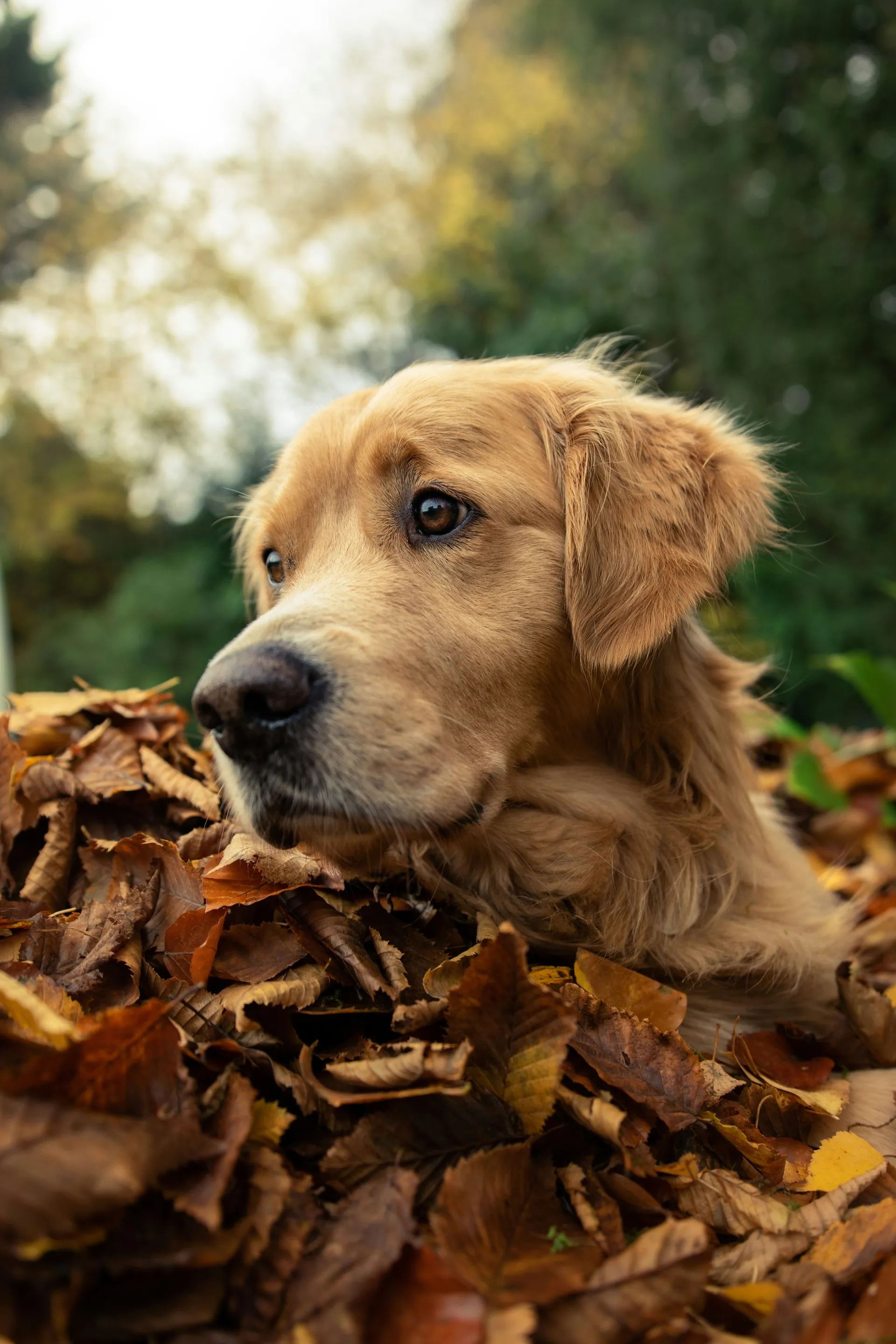
Why Shedding Occurs
Shedding is a natural, healthy process in dogs where they lose dead or damaged hair to make way for new growth. Most dogs shed according to their coat type, breed, and environmental factors like temperature and season. For instance, double-coated breeds such as Siberian Huskies and Golden Retrievers tend to shed heavily during the seasonal transitions in spring and fall to adjust their coat thickness for temperature regulation.
This “molting” process helps them stay comfortable by removing old hair and promoting a fresh, healthy coat. Additionally, factors like diet, health, and stress significantly influence shedding; poor nutrition or medical conditions can unexpectedly increase shedding.
Understanding this process is key to effectively managing it and ensuring your dog’s coat and skin remain in top condition.
What Causes Mats?
Mats form when loose, dead hair and dirt become tangled in your dog’s coat, especially in thick or long-haired breeds. Without regular brushing, the hair can become knotted close to the skin, causing discomfort and even skin irritation or infections. Mats often develop in areas with high friction, such as behind the ears, under the legs, or around the collar.
Moisture, dirt, and improper grooming increase the likelihood of mat formation, trapping dead skin cells and oils, which further compromises your pet’s coat health. Preventing mats requires understanding your dog’s coat type and establishing a routine grooming regimen designed to remove loose hair and debris before tangles form.
Essential Grooming Techniques and Tools
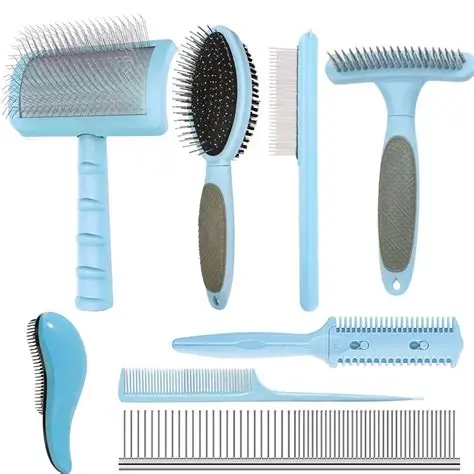
Selecting the Right Brush
Choosing the appropriate brush is essential for effectively managing shedding and mats in your dog’s thick or long coat. Different coat types require different tools: for example, slicker brushes are ideal for medium to long-haired dogs and work well to remove loose fur and prevent mats, while deshedding brushes are perfect for heavy-shedding breeds with dense undercoats. If your dog has sensitive skin, rubber brushes or softer bristle brushes may be a better fit to avoid irritation.
Consider the brush size to suit your pet’s body size and an ergonomic handle for your comfort to make grooming easier and more efficient. Additionally, some slicker brushes come with self-cleaning features to help you quickly remove accumulated dead hair.
Step-by-Step Brushing and Combing
Regular, careful brushing is essential to help reduce shedding and keep your dog’s coat healthy. Start by brushing in the direction of hair growth to follow the natural lay of the coat, minimizing discomfort.
Use a slicker or deshedding brush for thick or double coats, paying special attention to areas prone to mats like behind the ears, under the legs, and around the collar. Gently work through tangles with a mat breaker or comb to avoid pulling or damaging the skin.
For long-haired dogs, finish with a pin brush to smooth the coat and remove any leftover loose hairs. Frequent grooming sessions help remove dead hair before it mats, supporting your dog’s skin and coat health.
Professional Grooming Services
Sometimes, managing thick or long coats requires professional assistance, especially if mats are severe or shedding is excessive. Professional groomers like those at Doggie Perfection have the expertise and specialized mobile equipment to safely detangle mats and trim coats as needed, preventing skin irritation and promoting healthier hair growth.
Regular visits to a groomer complement your home grooming routine, ensuring your dog’s coat remains manageable and hygienic throughout the seasons. Additionally, groomers can provide valuable advice tailored to your dog’s specific coat type and health needs, helping you better control shedding and maintain overall skin and coat vitality.
Seasonal Care Strategies
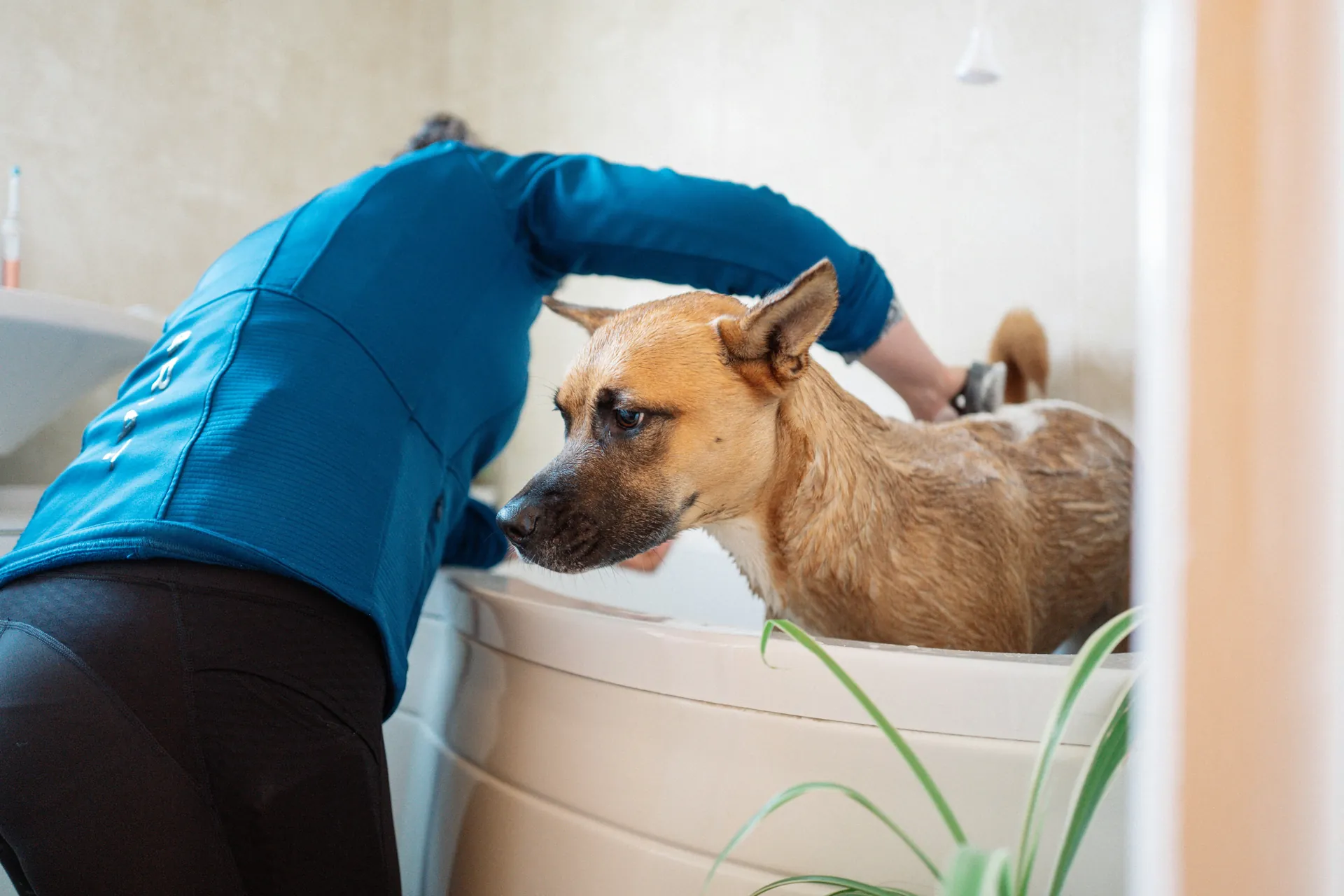
Diet and Supplementation
Your dog’s diet plays a vital role in managing shedding and maintaining a healthy coat, especially during seasonal changes. A balanced diet rich in proteins and omega fatty acids, particularly omega-3 and omega-6, promotes healthy hair growth and reduces excessive shedding caused by poor nutrition or skin inflammation.
Including high-quality foods and supplements like fish oil or hemp seed oil can help moisturize the skin from within, reduce dryness, and support a glossy, healthy coat. Supplements such as biotin and vitamin E may also benefit dogs prone to shedding, but it’s essential to consult your veterinarian before adding them to your pet’s regimen. This nutritional support is especially beneficial for dogs with double coats or those experiencing seasonal shedding, helping to keep their skin and coat resilient through temperature and weather fluctuations.
Bathing and Hydration
Proper bathing and hydration are key seasonal strategies for controlling shedding and preventing mats. Regular baths with gentle, coat-appropriate shampoos help remove dead hair and dirt that can contribute to mats and skin irritation.
However, overbathing can strip essential oils, so it’s important to find the right balance based on your dog’s coat type and skin condition. Meanwhile, ensuring your dog stays well hydrated supports healthy skin by preventing dryness and flakiness that cause increased hair loss.
Fresh, clean water should always be available, as adequate hydration helps maintain skin elasticity and overall coat health during high-shedding seasons.
Conclusion
Managing shedding and mats in thick or long coats doesn’t have to be overwhelming when you combine regular brushing, proper diet, and the right grooming tools. Remember, shedding is a natural process, but excessive hair loss can signal health or nutrition issues—so keep an eye on your dog’s skin and coat, and don’t hesitate to seek professional help.
At Doggie Perfection, we believe every dog in Northwest Arkansas and Southwest Missouri deserves a calm, personalized grooming experience that feels good, inside and out. Whether your pup is double-coated or simply sheds a lot, make grooming a priority and celebrate your pet’s healthy, happy coat.
Ready to help your dog feel their best? Reach out to Doggie Perfection today and give your furry friend the care they deserve.
